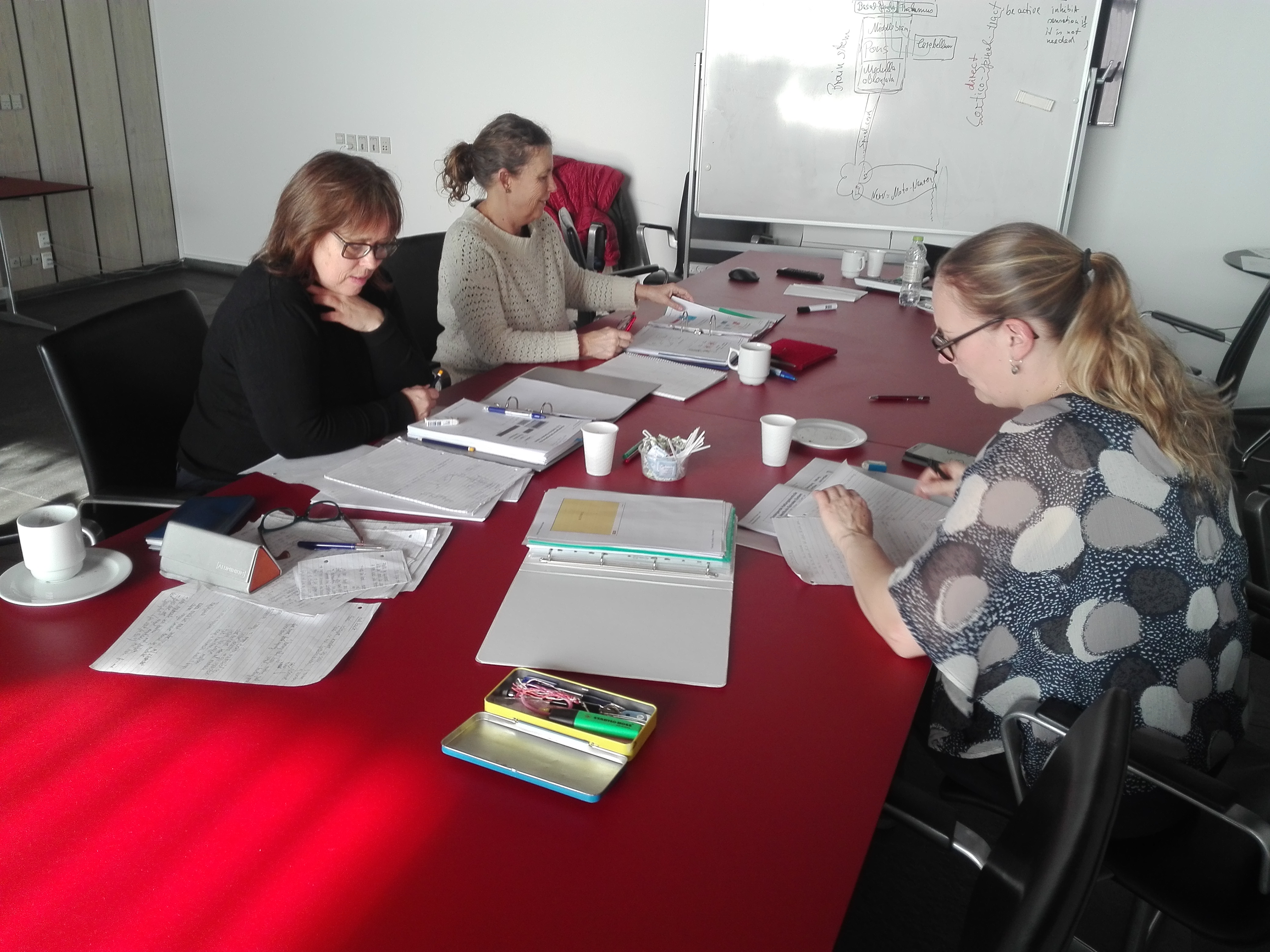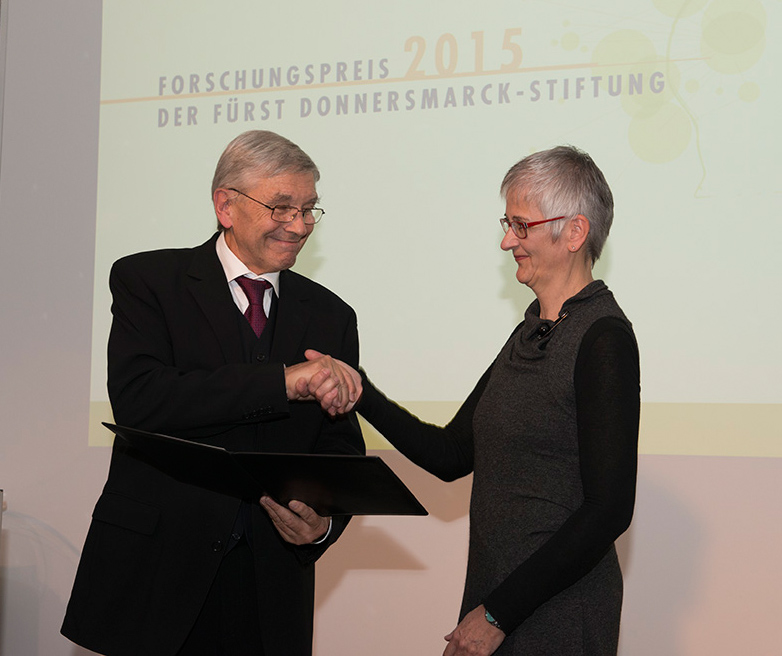Archive

We are happy that due to our scientific publications about LiN, a physiotherapist in Sydney, Australia has shown interest to use LiN over there. Within the last month, we have received an email with questions and a request for worksheets. We gladly provided those and addressed some questions from "Down Under".
As the answers to the questions may be relevant to others who are considering introducing LiN to their institutions, we publish them here. The Australian physiotherapist mainly wondered if, in our experience, LiN is indeed feasible in clinical settings, as it looks like LiN needs a lot more resources and training for nurses and therapists.
Here are our answers:
1. Resources:
Yes, more resources are indeed needed for LiN in terms of procurement, storage and washing of the additional materials. However, with respect to buying, it is not a big investment: You only need 'normal' blankets/duvets, which are quite cheap.
2. Implementation:
We have quite different experiences here. There are clinics, residential communities for ventilated patients and nursing facilities that implement this excellently. How well LiN is implemented depends mostly on the management of the station/department/clinic and their carriers as well as their quality standards. The implementation usually works better in institutions where trainers of the LiN concept work.
In some cases, institutes now train LiN practice instructors (authorized to teach workshops) and LiN trainers (authorized to teach basic and advanced LiN courses) in advance if they want to introduce or further develop the practical application of the LiN concept.
As with all courses, it is usually very difficult for the students to translate what they have learned in the course into clinical practice. This is not surprising considering that motor learning requires 1000-16000 repetitions and that learning also depends on the context (course room versus workplace).
In January 2020, we will start a survey to investigate the factors that influence the use of LiN-course contents in clinical practice positively or negatively. This study is expected to provide additional insight about how LiN implementation can be improved.
To sum up, we are glad that even Australia shows interest in LiN and are excited to see if LiN will be applied in patient care there. Maybe one day, LiN trainer courses can be conducted over there.

Highly concentrated Gitte Rassmussen, Karin Loje-Nielsen and Wendy Martin (from left) are working on the neurophysiology and muscle physiology module.
In preparation for the enlargement of the early rehabilitation wards, the Hvidovre Hospital in Copenhagen supports the training of Gitte Rassmussen and Karin Loje-Nielsen. Both began the education as LiN trainers at the end of last year. As they speak fluently English, but the German knowledge is not sufficient for a module visit in Germany, a special training mode had to be found. It was decided in advance that Module II (didactics) and Module III (neuro- and muscle physiology) would be held in Denmark.
Dr. Heidrun Pickenbrock gladly accepted the invitation to lead the modules on site. Wendy Martin also took the opportunity to participate in the module as she is the mentor of the trainees. This was a particular challenge for her because she also took care of her 2-months-old daughter.
Due to the small number of participants, it was planned to work on the usual 1.5 day contents of the didactics, neurophysiology and muscle physiology modules within one day. This was achieved as all three had been prepared very carefully.
In the future, the Scandinavian Arge members will be in Germany every 1.5 years for Module I - the practice module. Here so much practical work is done that the exchange in German/English and on the basis of the practical work has already turned out to be problem-free in earlier years.
Translated with www.DeepL.com/Translator - modified
.jpg)
In 2015 the second meeting of the LiN - Arge took place at the Hegau-Jugendwerk Gailingen. The clinic encompasses a neurological hospital and rehabilitation centre offering comprehensive rehabilitation services and care for children, adolescents and young adults with diseases, trauma or disorders of the central and/or peripheral nervous systems. 22 trainers and assistants met to enhance their knowledge and skills. The main subject was neuro- and muscle physiology.

The Fürst Donnersmarck-Foundation in Berlin runs institutions for the rehabilitation and support of people with physical and multiple disabilities. At the same time it has also set itself the goal of supporting research work in the field of rehabilitation.In 2006, to mark the foundation‘s 90th anniversary, it established a research prize in the field of rehabilitation. November 20 2015, the prize was awarded for the fourth time. H. Pickenbrock received a commendation for her research about LiN - Lagerung in Neutralstellung.
The main subject of the annual general meeting was the election of the board. H. Pickenbrock, D. Krasser, E. Beck and J. Martin are continuing to serve as president, secretary, treasurer and member at large. A. Hartnick has been newly elected as vice president, C. Dieckmann as member at large.
It is introduced by the editorial will "How ecivence based is the positioning of patients with neurological illness" written by Prof. Dr. med. J. Liepert. On the evidence of the study - as there were no side effects - he now recommends the use of LiN® for patients with lesions of the central nervous system who are severely disabled.

 News
News